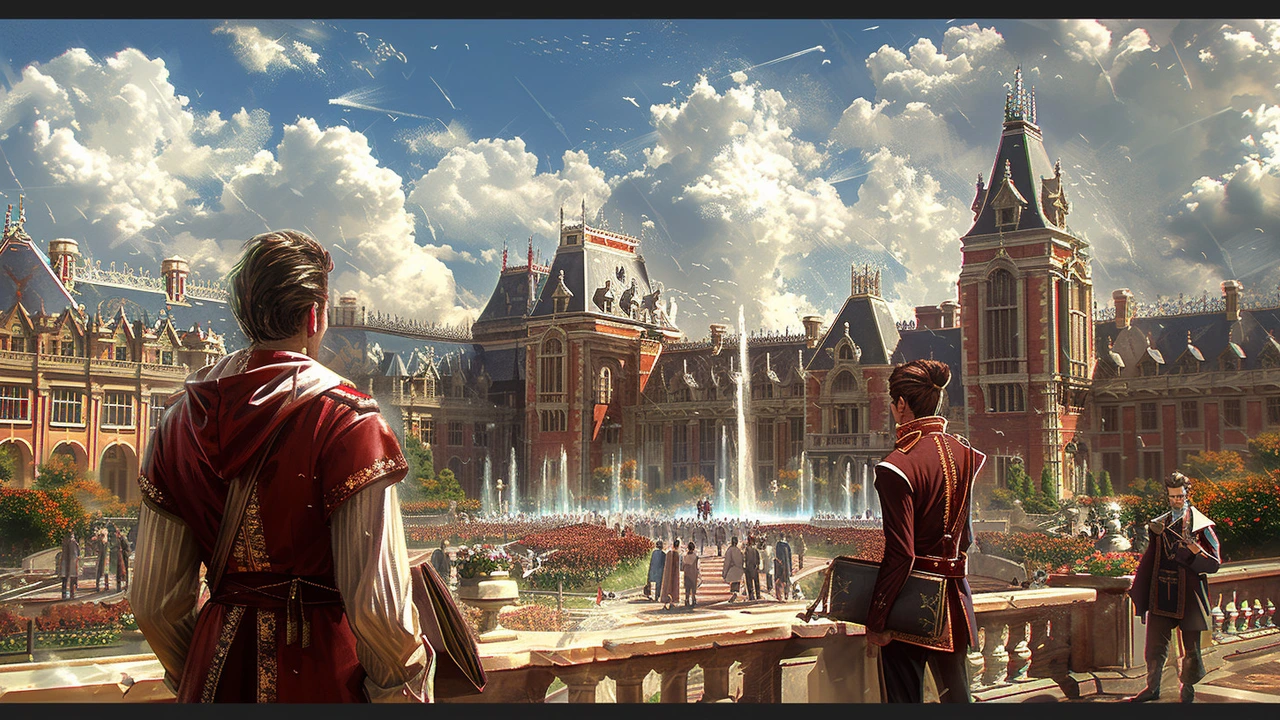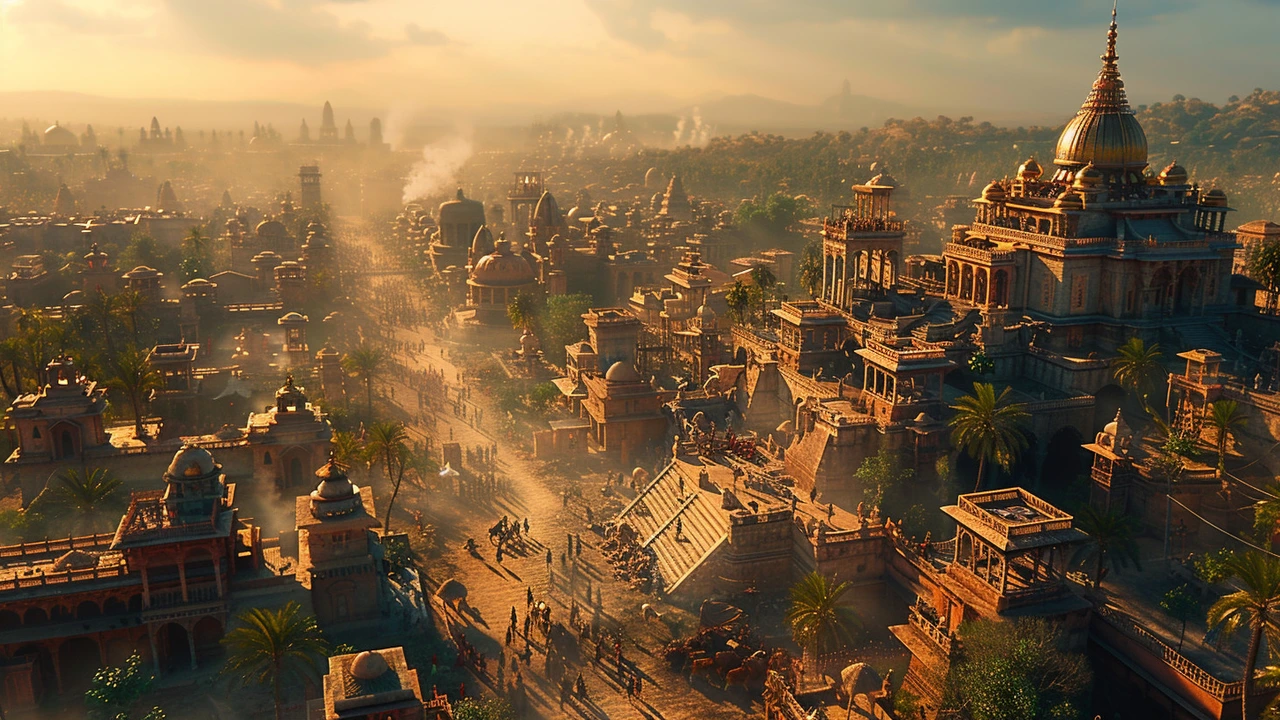Hi there! Just recently, I've been deeply diving into the fascinating world of Tudor Architecture. It's an incredible tapestry, rich with history and unique design elements. Did you know this architectural style combines a variety of design influences, from the Medieval to the Renaissance periods? It's a testimony to the artistic vision of the era in the English Renaissance. I'd love for you to join me in exploring the intriguing facets of Tudor Architecture in my latest post.
Posts by category: History & Architecture
As a male blogger highly invested in historical and architectural studies, I've always been in awe of the Renaissance era. The role architecture played during that period is simply fascinating and undeniably pivotal. In the article, we'll delve into how Renaissance architecture shaped the course of history and influenced the future of design. We'll explore the magnificent forms, the innovative techniques, and the enduring inspiration derived from that era. It's truly amazing how much our world has been sculpted by these architectural masterpieces.
In this article, we travel back in time to explore the grandeur and ingenuity of Byzantine architecture. I'll strive to peel back the layers of history and explain how this ancient style continues to inspire us today. We'll tour through some of the finest examples of Byzantine architectural gems, understanding their complexity and artistic value. I hope you'll join me on this captivating journey into the past, exploring this testimony of ancient brilliance through architecture.
As a passionate history and architecture enthusiast, I'm thrilled to introduce you to the engaging world of Ancient Roman architecture and its evolution. From the early structures to the sophisticated, intricate designs we see in the later periods, every step tells a story of influence, innovation, and insight. With this article, let's unfold the beauty of Roman architectural progression, understanding how society, politics, and cultural shifts shaped their iconic constructions. Join me as we journey through time, rediscovering our past through the lenses of Roman brick and stone.
Well, butter my biscuits and call me an architect, we're diving headfirst into the world of colonial architecture today! Picture this, we're hopping into our time machine, dial set to way-back-when to appreciate the grandeur of colonial design. It's not just about bricks and mortar, folks, it's a tribute to historical brilliance! These structures, dripping with charm, are like time capsules, each narrating a tale of the past. So, grab your tricorn hats and let's embark on this journey, appreciating our architectural forefathers for their enduring, and undeniably aesthetic, contributions.
Well, folks, buckle up for a quick trip back in time as we unveil the magic behind Renaissance architecture! This is no joke, but if you think about it, the Renaissance architects were probably the original 'rebels with a cause', breaking away from Gothic's gloom and doom. With a dash of symmetry, a sprinkle of proportion, a hefty dollop of columns, and classic Greek and Roman influences, they whipped up architectural masterpieces that still wow us today. Don't even get me started on how they played with light and shadow to create a dramatic flair! So, next time, when you see a building that makes you go 'Wow, that's balanced', chances are, you're admiring a slice of the Renaissance.





